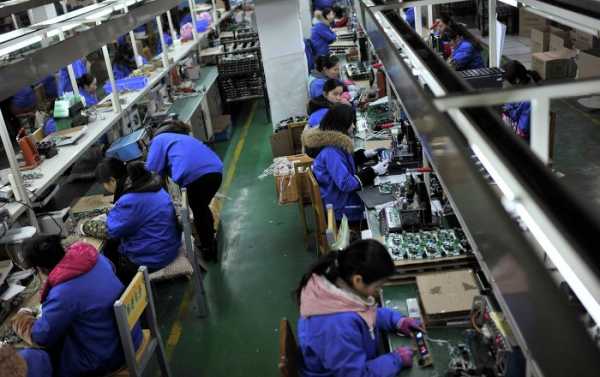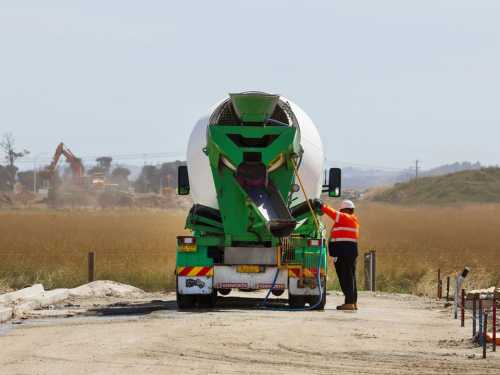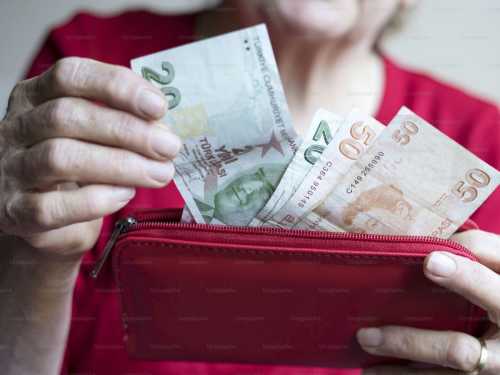
China’s pace of GDP expansion has dropped to its lowest on record, adding to the expectations of additional action by the central bank and the government to support the fading economic momentum.
Kristian Rouz – The Chinese economy posted another slowdown in the second quarter as trade tensions with the US and structural woes at home weigh on the nation’s manufacturing output and exports.
The data adds to the expectations that the People’s Bank of China (PBOC) could implement a possible cut in base interest rates, as well as – more likely – further reduce reserve requirement ratios (RRRs) and inject liquidity into the economy to spur the fading momentum.
According to China’s National Bureau of Statistics (NBS) Monday, the nation’s GDP expanded 6.2 percent year-on-year in 2Q19, down from 6.6 percent posted at the beginning of this year. This is below previous expectations of 6.4-percent growth, but still in line with Beijing’s expectations of 6.0-6.5-percent expansion for this year.
Chinese officials say the GDP report shows the nation’s economy has cooled to its slowest since NBS began collecting and processing national output data back in 1992.
Economists believe the Chinese economy could post a further slowdown in the current quarter as the cooling global demand for manufactured and consumer goods, as well as a lack of clear perspective to resolve the US trade dispute, add to the mounting concern of the sustainability of China’s economy.
“China’s growth could slow to 6 percent to 6.1 percent in the second half”, Nie Wen of Hwabao Trust said. Additional monetary stimulus “is still very likely as the authorities want to support the real economy in a long run”, the economist added.
The NBS found China’s manufacturing output rose 6.3 percent year-on-year, while daily production of steel and aluminium increased to an all-time high.
China is, however, struggling to sell its products, as US tariffs and tepid growth in the domestic construction sector have limited the demand for Chinese metals. Additionally, China’s economy is struggling to overcome the mounting pressure of its corporate, provincial, and national debt, which combined amount to roughly 300 percent of its GDP, according to some estimates.
In light of this, economists expect the PBOC to ramp up measures to support the fading domestic demand and business activity, which could make up for China’s partial loss of access or competitiveness on international markets.
“Cutting the benchmark deposit and lending rates – the likelihood is very low. It’s more possible that they twist market-oriented rates – cutting interest rates”, Aidan Yao of Hong Kong-based AXA Investment Managers said.
However, the PBOC’s measures are only expected to complement the measures announced by Beijing earlier this year – which include higher budget spending to support construction and other key sectors of the Chinese economy.
“Fiscal policy is likely to be in the driving seat and monetary policy will act in a supportive role in the coming months”, Yao says.
NBS also reported China’s retail sales rose an impressive 9.8 percent, driven by a 17.2-percent increase in car sales. This may suggest Beijing’s efforts to reduce China’s reliance on overseas markets by strengthening consumer demand at home have started to produce positive results.
“Chinese consumers are not panicking about the tensions with Trump”, said Andy Rothman, investment strategist at Matthews Asia. “Income growth was good, as was consumer spending – and this has been the case all year”.
Yet, some experts are unimpressed. London-based Capital Economics attributed the rise in car sales to one-off factors, while saying the broader picture still points to an ongoing across-the-board slowdown in all sectors of the Chinese economy.
“The monthly data were better than expected… but we are sceptical of this apparent recovery given broader evidence of weakness in factory activity”, Julian Evans-Pritchard of Capital Economics said. “We doubt that the data for June will mark the start of a turnaround”.
NBS officials have praised the limited tax cuts enacted by Beijing earlier this year, saying the move allowed to offset some of the overseas risks to GDP growth.
While Chinese officials are still debating possible additional stimulus measures, it remains unclear if the nation’s economic growth continues to slow in the second half of this year – or a gradual pickup in domestic demand will keep China’s GDP on track to a modest, yet sustainable, pace of expansion.
Sourse: sputniknews.com






